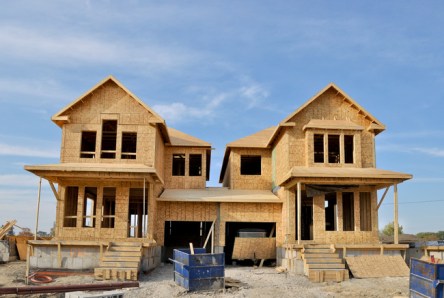Forbes recently released this year’s list of America’s Best Cities for Raising a Family. We’ve applied the Yardi Matrix national average rent of $1,220 in each one of the Forbes top 10 cities to give you an idea of your dollar’s worth. About the List Forbes created the list by analyzing the following data points: median household income the percentage of owner-occupied households percent of population under 18 average commuting delays violent crime rates per 100,000 inhabitants local school quality cost of childcare by state cost of living housing affordability The Unites States Census Bureau, the Federal Bureau of Investigation, Texas Transportation Institute, greatschools.org, Center for Regional Economic Competitiveness, and the National Association of Home Builders provide the data for Forbes. Slowing Rent Growth Yardi Matrix monthly report analyses data from 119 markets to determine the national average rent. It’s the eighth month that rents have continued to climb to all-time highs, though it seems as though they may be losing momentum. Overall rent growth is slowing down. A decline in job growth and occupancy may keep the average rent from skyrocketing higher. Ultimately, that may mean that your dollar stretches farther in coming months. But this is where we are at now: Provo, UT Provo (pictured) is considered Forbes best place to live while you’re raising a family. This city records low crime rates, stellar school quality, and light traffic. Residents here, who tend to be younger adults, enjoy also relish homeownership en masse. For renters, $1,160 will open the doors to a pet-friendly townhouse with 2 bedrooms and 1 bathroom spread across 900 square feet. While it’s cozy, it also comes with plenty of character. Hardwood floors, classic arches in the walkways, and a large eat-in kitchen make it easy to envision raising a family there....
Multifamily Growth
Outperforming the Recession
Renter households increased from 34.1 percent in 2009 to 35.4 percent in 2011 according to a recent report released by the U.S. Census Bureau. A consistent pattern may be observed countrywide, with nearly a quarter of the metro areas seeing a rise in renting households, while less than 3.0 percent of the nation’s metro areas saw a decline. Continued urban population growth combined with a healthy job market and a change in occupant mindset has sparked the creation of a vigorous multifamily sector which has now become the engine behind the recovery of the real estate industry. The desire to retain mobility to pursue employment opportunities as well as a preference for urban lifestyles among many households is expected to support strong operations in the apartment market throughout 2013. A recent American Community Survey brief permitted the comparison of all 366 metro areas in the U.S. based on four characteristics of the rental housing stock: gross rent, gross rent as a percentage of household income, rental vacancy rates, and renter share of total households. The study found that the rental vacancy rates for the nation declined from 8.4 percent in 2009 to 8.2 percent in 2010 to 7.4 percent in 2011, indicating a tightening rental market. Nationwide, more than 2 in 5 renter households (44.3 percent) had housing costs that consumed 35 percent or more of their income. “While we saw a decrease in rental vacancy rates and pricing in some areas, the burden of rental costs on households increased across many parts of the nation,” said Arthur Cresce, assistant division chief for housing characteristics at the Census Bureau. “Factors such as supply and demand for rental housing and local economic conditions play an important role in helping to explain these relationships.” Only 11...


